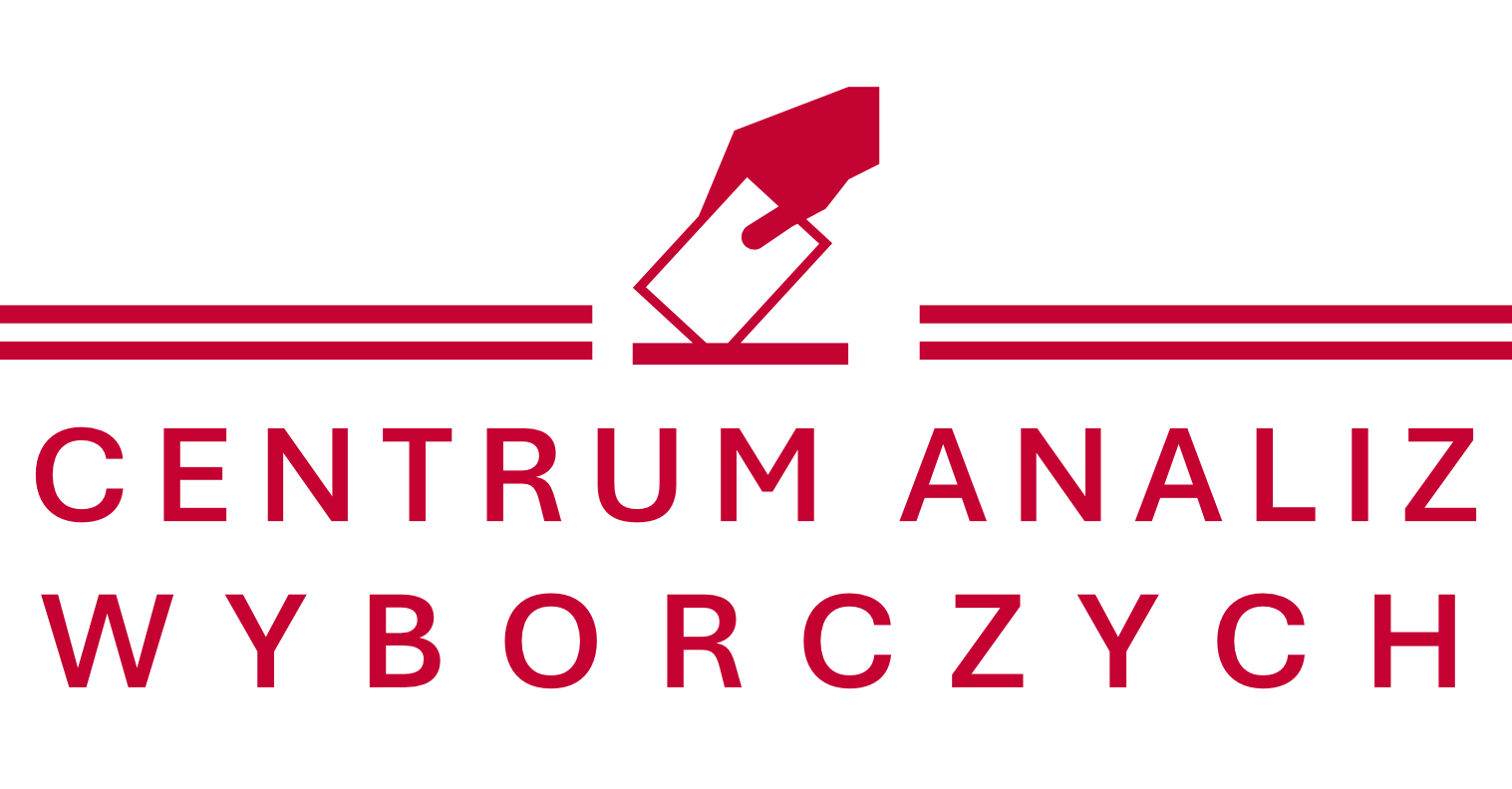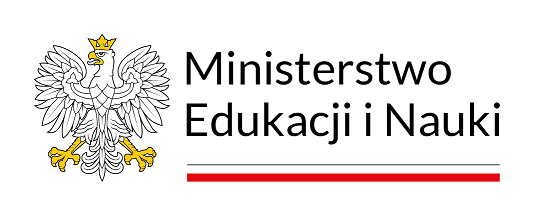Natural threshold
What is natural threshold?
Natural electoral thresholds, unlike statutory thresholds, do not derive directly from a legal provision. A natural threshold is understood to be such an endorsement of a political grouping (electoral list or candidate) in a constituency that, if exceeded, ensures a certain probability of winning a seat or a certain number of seats. It most often refers to winning at least one seat in a constituency. There are 3 basic types of natural thresholds:
- Inclusion threshold: indicating how much support a list (candidate) in a district must exceed in order for the chance of a seat to be higher than 0%.
- Exclusion threshold: indicating how much support a list (candidate) in a district must exceed in order to be certain of winning a seat (100% probability).
- Actual threshold: indicating how much support a list (candidate) in a district must cross in order to have a chance of winning a seat higher than the probability of not winning a seat (i.e. a chance of winning a seat higher than 50%).
The level of the natural threshold depends on several elements:
- The number of seats for which the threshold is sought (usually 1).
- The electoral method used.
- The number of declared lists (candidates) in the district.
- The number of votes available to the voter (and the possible possibility of their accumulation).
Inclusion threshold
The inclusion threshold indicates what percentage of the votes a list (or candidate) in a constituency must exceed in order to have at least a minimum chance of winning a seat. According to this reasoning, a list (candidate) getting even one vote less makes it impossible to win a seat even with the best possible distribution of the remaining votes.
It is most often calculated for obtaining the first seat in a constituency. The values of the inclusion threshold for the different electoral methods are shown in the table. The number of seats in the constituency is denoted as S, while the number of declared lists (and, in the case of majority formulas, candidates) is denoted as L. Importantly, for most of the methods indicated (apart from block voting and the limited vote system), the voter has one vote. In the case of block voting, as many votes as there are seats to be distributed in the district, and in the case of the limited vote system, the number of votes is greater than 1 but less than the number of seats in the district. Under either system, an elector may not accumulate his or her votes (e.g., with 3 votes, cast them all for the same candidate).
Exclusion thresholds
The exclusion threshold indicates what percentage of the votes a list (or candidate) in a constituency must exceed in order to be certain of winning a seat. According to this reasoning, if a list (candidate) receives even one vote less, the seat is not 100% certain.
It is most often calculated for obtaining the first seat in a constituency. The inclusion threshold values for the different electoral methods are shown in the table. The number of seats in the district is denoted as S, the number of declared lists (and, in the case of majority formulas, candidates) as L and the number of votes available to the voter as G. Significantly, for most of the methods indicated (apart from block voting and the limited vote system), the voter has one vote. In the case of block voting, as many votes as there are seats to be distributed in the district, and in the case of the limited vote system, the number of votes is greater than 1 but less than the number of seats in the district. Under either system, an elector may not accumulate his or her votes (e.g., with 3 votes, cast them all for the same candidate).
Actual threshold
The value of the exclusion threshold indicates what percentage of the votes an electoral roll (or candidate) in a constituency must exceed in order to have a better than 50% chance of winning a seat.
Most often, especially for the first mandate, 75% of the value of the exclusion threshold is given as the actual threshold value. However, this value should be approached with caution - unlike the inclusion and exclusion thresholds, it does not provide clear information.
Maciej Onasz, based on: Onasz Maciej, Inżynieria wyborcza w Polsce od roku 1989, Łódź 2017.






